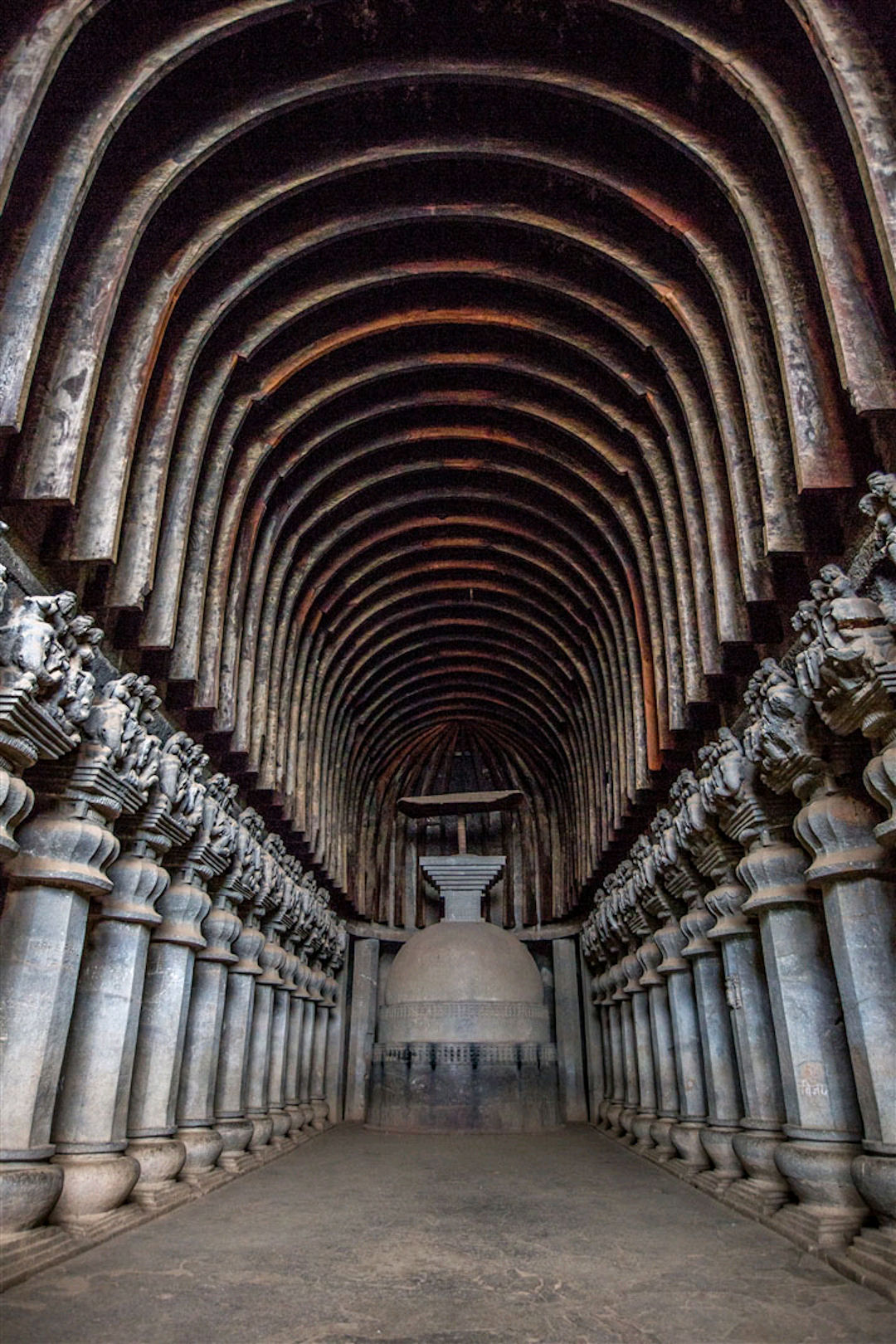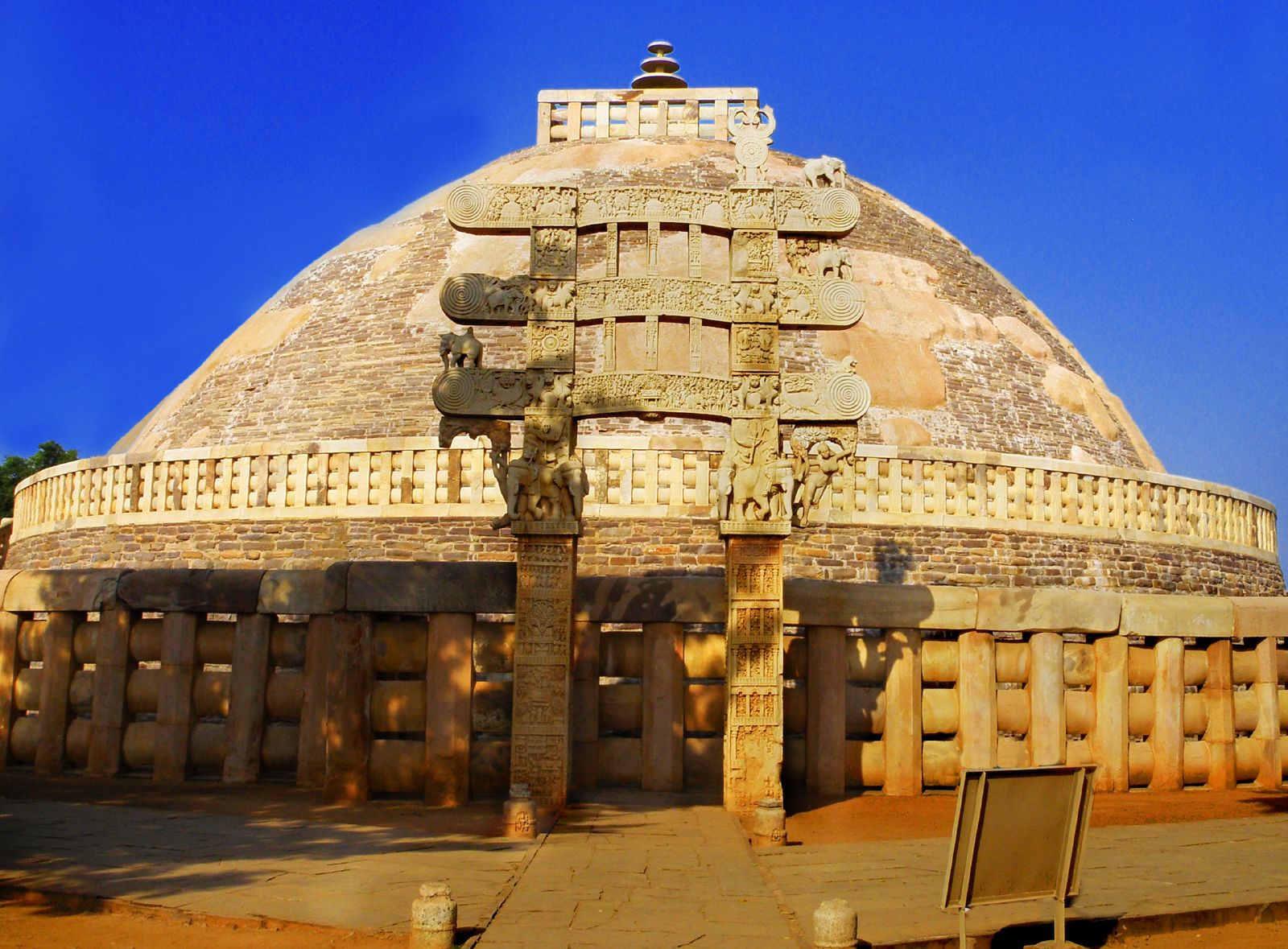|
Vinaya
The Vinaya (Pali & Sanskrit: विनय) is the division of the Buddhist canon ('' Tripitaka'') containing the rules and procedures that govern the Buddhist Sangha (community of like-minded ''sramanas''). Three parallel Vinaya traditions remain in use by modern ''sanghas'': the Theravada (Sri Lanka & Southeast Asia), Mulasarvastivada (Tibetan Buddhism and the Himalayan region) and Dharmaguptaka ( East Asian Buddhism). In addition to these Vinaya traditions, Vinaya texts of several extinct schools of Indian Buddhism are preserved in the Tibetan and East Asian canons, including those of the Kāśyapīya, the Mahāsāṃghika, the Mahīśāsaka, and the Sarvāstivāda The word ''Vinaya'' is derived from a Sanskrit verb that can mean to lead, take away, train, tame, or guide, or alternately to educate or teach. It is often translated as 'discipline', with ''Dhamma-vinaya'', 'doctrine and discipline', used by the Buddha to refer to his complete teachings, suggesting its integr ... [...More Info...] [...Related Items...] OR: [Wikipedia] [Google] [Baidu] |
Mahāsāṃghika
The Mahāsāṃghika ( Brahmi: 𑀫𑀳𑀸𑀲𑀸𑀁𑀖𑀺𑀓, "of the Great Sangha", ) was one of the early Buddhist schools. Interest in the origins of the Mahāsāṃghika school lies in the fact that their Vinaya recension appears in several ways to represent an older redaction overall. Many scholars also look to the Mahāsāṃghika branch for the initial development of Mahayana and Vajrayana Buddhism. Location The original center of the Mahāsāṃghika sect was in Magadha, but they also maintained important centers such as in Mathura and Karli. The Kukkuṭikas were situated in eastern India around Vārāṇasī and Pāṭaliputra and the Bahuśrutīya in Kośala, Andhra, and Gandhara. The Lokottaravāda subschool itself claimed to be of the 'Middle Country', i.e. Ganges Basin region in the north of India. The Mahāsāṃghikas and the Lokottaravāda subschool also had centres in the Gandhara region.The Ekavyāvahārika are not known from later times. ... [...More Info...] [...Related Items...] OR: [Wikipedia] [Google] [Baidu] |
Dharmaguptaka
The Dharmaguptaka (Sanskrit: धर्मगुप्तक; ) are one of the eighteen or twenty early Buddhist schools, depending on the source. They are said to have originated from another sect, the Mahīśāsakas. The Dharmaguptakas had a prominent role in early Central Asian and Chinese Buddhism, and their Prātimokṣa (monastic rules for bhikṣus and bhikṣuṇīs) are still in effect in East Asian countries to this day, including China, Vietnam, Korea, and Japan as well as the Philippines. They are one of three surviving Vinaya lineages, along with that of the Theravāda and the Mūlasarvāstivāda. Etymology ''Guptaka'' means "preserver" and ''dharma'' "law, justice, morality", and, most likely, the set of laws of Northern Buddhism. Doctrinal development Overview The Dharmaguptakas regarded the path of a śrāvaka ('' śrāvakayāna'') and the path of a bodhisattva (''bodhisattvayāna'') to be separate. A translation and commentary on the ''Samayabhedoparacan ... [...More Info...] [...Related Items...] OR: [Wikipedia] [Google] [Baidu] |
Mulasarvastivada
The Mūlasarvāstivāda (Sanskrit: मूलसर्वास्तिवाद; ) was one of the early Buddhist schools of India. The origins of the Mūlasarvāstivāda and their relationship to the Sarvāstivāda sect still remain largely unknown, although various theories exist. The continuity of the Mūlasarvāstivāda monastic order remains in Tibetan Buddhism, although until recently, only Mūlasarvāstivādin bhikṣus (monks) existed: the bhikṣuṇī order had never been introduced. History In India The relationship of the Mūlasarvāstivāda to the Sarvāstivāda school is a matter of dispute; modern scholars lean towards classifying them as independent. Yijing claimed that they derived their name from being an offshoot of Sarvāstivāda, but Buton Rinchen Drub stated that the name was a homage to Sarvāstivāda as the "root" (''mūla'') of all Buddhist schools. A number of theories have been posited by academics as to how the two are related, which Bhikkhu Sujat ... [...More Info...] [...Related Items...] OR: [Wikipedia] [Google] [Baidu] |
Theravada
''Theravāda'' () ( si, ථේරවාදය, my, ထေရဝါဒ, th, เถรวาท, km, ថេរវាទ, lo, ເຖຣະວາດ, pi, , ) is the most commonly accepted name of Buddhism's oldest existing school. The school's adherents, termed Theravādins, have preserved their version of Gautama Buddha's teaching or ''Buddha Dhamma'' in the Pāli Canon for over two millennia. The Pāli Canon is the most complete Buddhist canon surviving in a classical Indian language, Pāli, which serves as the school's sacred language and ''lingua franca''.Crosby, Kate (2013), ''Theravada Buddhism: Continuity, Diversity, and Identity'', p. 2. In contrast to '' Mahāyāna'' and '' Vajrayāna'', Theravāda tends to be conservative in matters of doctrine ('' pariyatti'') and monastic discipline (''vinaya''). One element of this conservatism is the fact that Theravāda rejects the authenticity of the Mahayana sutras (which appeared c. 1st century BCE onwards). Modern Ther ... [...More Info...] [...Related Items...] OR: [Wikipedia] [Google] [Baidu] |
Indian Buddhism
Buddhism is an ancient Indian religion, which arose in and around the ancient Kingdom of Magadha (now in Bihar, India), and is based on the teachings of Gautama Buddha who was deemed a "Buddha" ("Awakened One"), although Buddhist doctrine holds that there were other Buddhas before him. Buddhism spread outside of Magadha starting in the Buddha's lifetime. During the reign of the Buddhist Mauryan Emperor Ashoka, the Buddhist community split into two branches: the Mahāsāṃghika and the Sthaviravāda, each of which spread throughout India and split into numerous sub-sects. In modern times, two major branches of Buddhism exist: the Theravada in Sri Lanka and Southeast Asia, and the Mahayana throughout the Himalayas and East Asia. The Buddhist tradition of Vajrayana is sometimes classified as a part of Mahayana Buddhism, but some scholars consider it to be a different branch altogether. The practice of Buddhism lost influence in India around the 7th century CE, after the col ... [...More Info...] [...Related Items...] OR: [Wikipedia] [Google] [Baidu] |
Eight Garudhammas
The Eight Garudhammas ( Sanskrit: ,here "garu" or "guru" is used as an adjective, the wikilink points to the associated sanskrit noun.See The Pali Text Society's Pali-English dictionary entry for "garu": https://dsal.uchicago.edu/cgi-bin/app/pali_query.py?qs=garu&searchhws=yes translated as "rules of respect", "principles of respect", "principles to be respected"https://www.buddhismuskunde.uni-hamburg.de/pdf/5-personen/analayo/bhikkhuni-controversy.pdf ) are additional precepts required of bhikkhunis (fully ordained Buddhist nuns) above and beyond the monastic rule (vinaya) that applied to monks. ''Garu'', literally means "heavy" and when applied to vinaya, it means "heavy offense that entails penance (mānatta) consisting of 2 weeks" as described in ''garudhamma'' rule No. 5. The authenticity of these rules is contested; they were supposedly added to the ( bhikkhunis) Vinaya "to allow more acceptance" of a monastic Order for women, during the Buddha's time. They are controversia ... [...More Info...] [...Related Items...] OR: [Wikipedia] [Google] [Baidu] |
Pali
Pali () is a Middle Indo-Aryan liturgical language native to the Indian subcontinent. It is widely studied because it is the language of the Buddhist '' Pāli Canon'' or '' Tipiṭaka'' as well as the sacred language of '' Theravāda'' Buddhism.Stargardt, Janice. ''Tracing Thoughts Through Things: The Oldest Pali Texts and the Early Buddhist Archaeology of India and Burma.'', Royal Netherlands Academy of Arts and Sciences, 2000, page 25. Early in the language's history, it was written in the Brahmi script. Origin and development Etymology The word 'Pali' is used as a name for the language of the Theravada canon. The word seems to have its origins in commentarial traditions, wherein the (in the sense of the line of original text quoted) was distinguished from the commentary or vernacular translation that followed it in the manuscript. K. R. Norman suggests that its emergence was based on a misunderstanding of the compound , with being interpreted as the name of a particu ... [...More Info...] [...Related Items...] OR: [Wikipedia] [Google] [Baidu] |
Sangha (Buddhism)
Sangha is a Sanskrit word used in many Indian languages, including Pali meaning "association", "assembly", "company" or "community"; Sangha is often used as a surname across these languages. It was historically used in a political context to denote a governing assembly in a republic or a kingdom, and has long been used by religious associations including the Buddhists, Jains and Sikhs. Given this history, some Buddhists have said the tradition of the ''sangha'' represents humanity's oldest surviving democratic institution. In Buddhism, ''sangha'' refers to the monastic community of '' bhikkhu'' (monks) and '' bhikkhuni'' (nuns). These communities are traditionally referred to as the ''bhikkhu-sangha'' or ''bhikkhuni-sangha''. As a separate category, those who have attained any of the four stages of enlightenment, whether or not they are members of the monastic community, are referred to as the ''āryasaṅgha'' ("noble Sangha"). According to the Theravada school and Nich ... [...More Info...] [...Related Items...] OR: [Wikipedia] [Google] [Baidu] |
Mahīśāsaka
Mahīśāsaka ( sa, महीशासक; ) is one of the early Buddhist schools according to some records. Its origins may go back to the dispute in the Second Buddhist council. The Dharmaguptaka sect is thought to have branched out from Mahīśāsaka sect toward the end of the 2nd or the beginning of the 1st century BCE. History There are two general accounts of the circumstances surrounding the origins of the Mahīśāsakas. The Theravādin '' Dipavamsa'' asserts that the Mahīśāsaka sect gave rise to the Sarvāstivāda sect., p. 50 However, both the ''Śāriputraparipṛcchā'' and the ''Samayabhedoparacanacakra'' record that the Sarvāstivādins were the older sect out of which the Mahīśāsakas emerged. Buswell and Lopez also state that the Mahīśāsaka was an offshoot of the Sarvāstivādins, but group the school under the ''Vibhajyavāda'', "a broad designation for non-Sarvastivada strands of the Sthaviranikaya," which also included the Kasyapiya. The Mahīśāsa ... [...More Info...] [...Related Items...] OR: [Wikipedia] [Google] [Baidu] |
Tibetan Buddhism
Tibetan Buddhism (also referred to as Indo-Tibetan Buddhism, Lamaism, Lamaistic Buddhism, Himalayan Buddhism, and Northern Buddhism) is the form of Buddhism practiced in Tibet and Bhutan, where it is the dominant religion. It is also in majority regions surrounding the Himalayan areas of India (such as Ladakh, Sikkim, Arunachal Pradesh, and a minority in Himachal Pradesh and Uttarakhand), in much of Central Asia, in the southern Siberian regions such as Tuva, and in Mongolia. Tibetan Buddhism evolved as a form of Mahāyāna Buddhism stemming from the latest stages of Indian Buddhism (which also included many Vajrayāna elements). It thus preserves many Indian Buddhist tantric practices of the post-Gupta early medieval period (500 to 1200 CE), along with numerous native Tibetan developments. In the pre-modern era, Tibetan Buddhism spread outside of Tibet primarily due to the influence of the Mongol Yuan dynasty (1271–1368), founded by Kublai Khan, which had rul ... [...More Info...] [...Related Items...] OR: [Wikipedia] [Google] [Baidu] |
Pāli Canon
The Pāli Canon is the standard collection of scriptures in the Theravada Buddhist tradition, as preserved in the Pāli language. It is the most complete extant early Buddhist canon. It derives mainly from the Tamrashatiya school. During the First Buddhist Council, three months after the parinibbana of Gautama Buddha in Rajgir, Ananda recited the Sutta Pitaka, and Upali recited the Vinaya Pitaka. The Arhats present accepted the recitations and henceforth the teachings were preserved orally by the Sangha. The Tipitaka that was transmitted to Sri Lanka during the reign of King Asoka were initially preserved orally and were later written down on palm leaves during the Fourth Buddhist Council in 29 BCE, approximately 454 years after the death of Gautama Buddha. The claim that the texts were "spoken by the Buddha", is meant in this non-literal sense. The existence of the bhanaka tradition existing until later periods, along with other sources, shows that oral tradit ... [...More Info...] [...Related Items...] OR: [Wikipedia] [Google] [Baidu] |







.jpeg/1200px-Tibetan_Buddhism_(214837929).jpeg)
